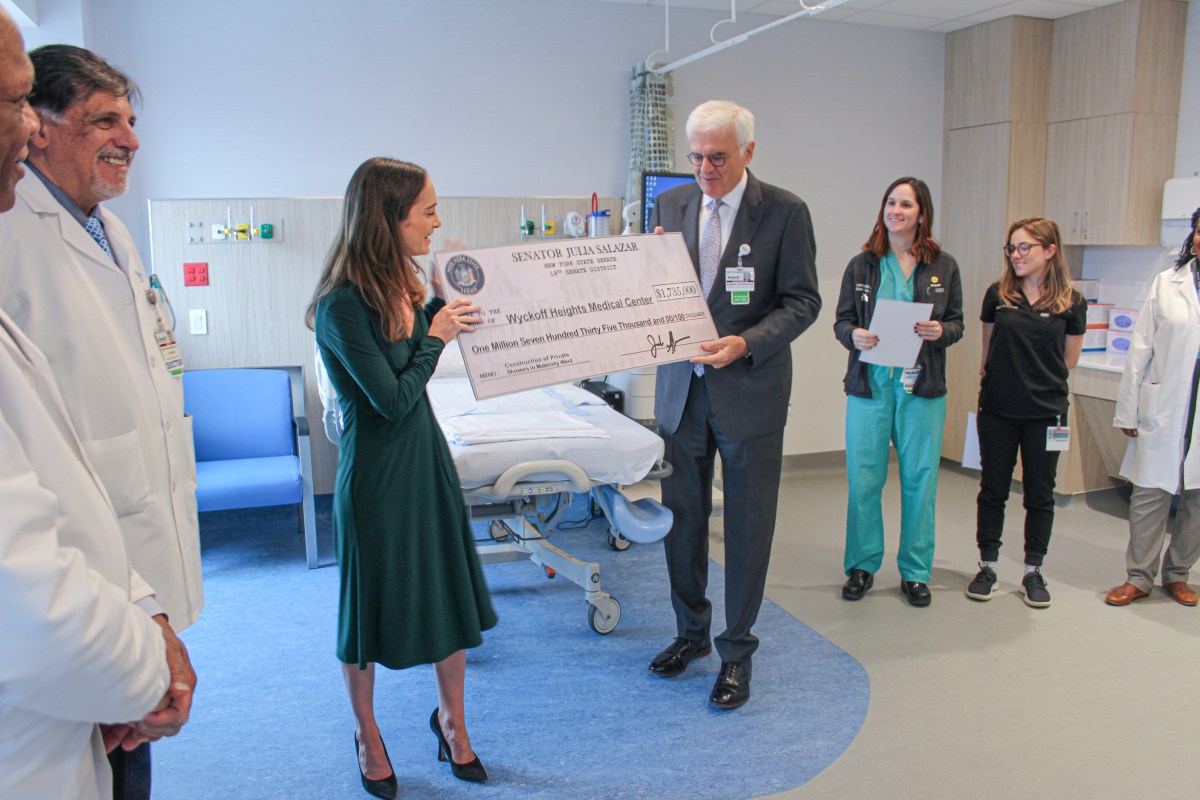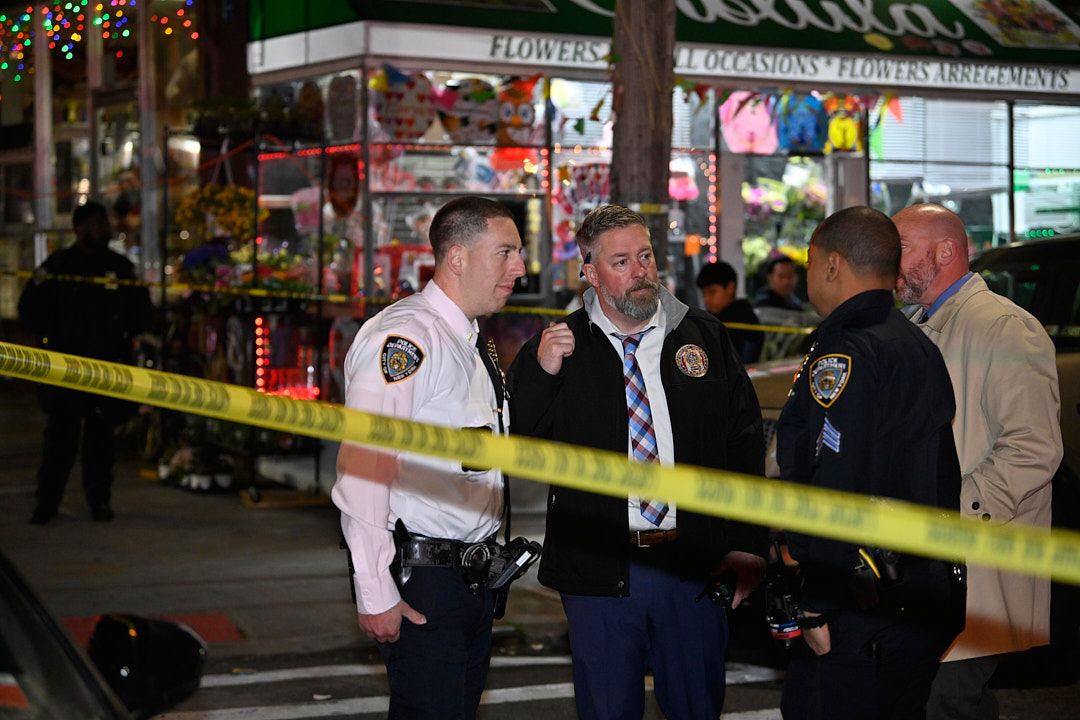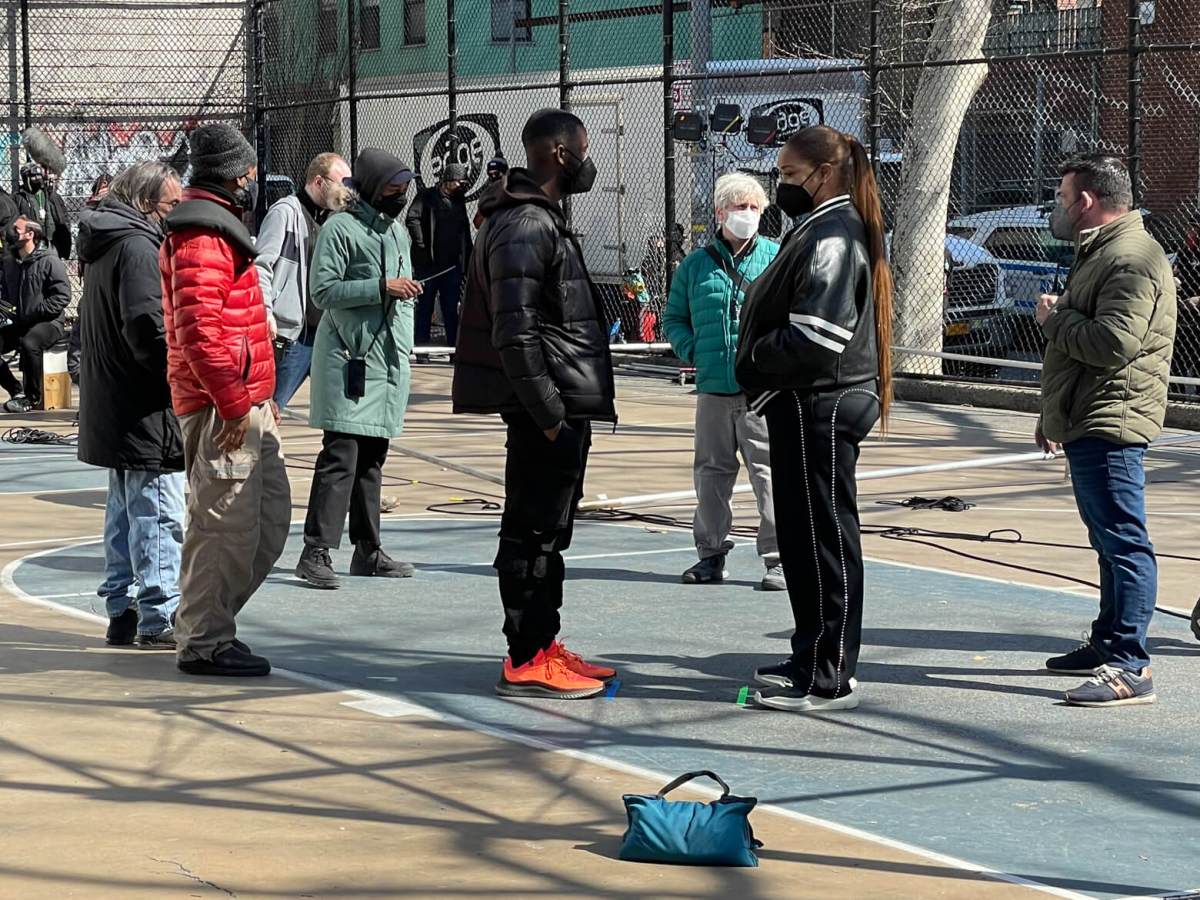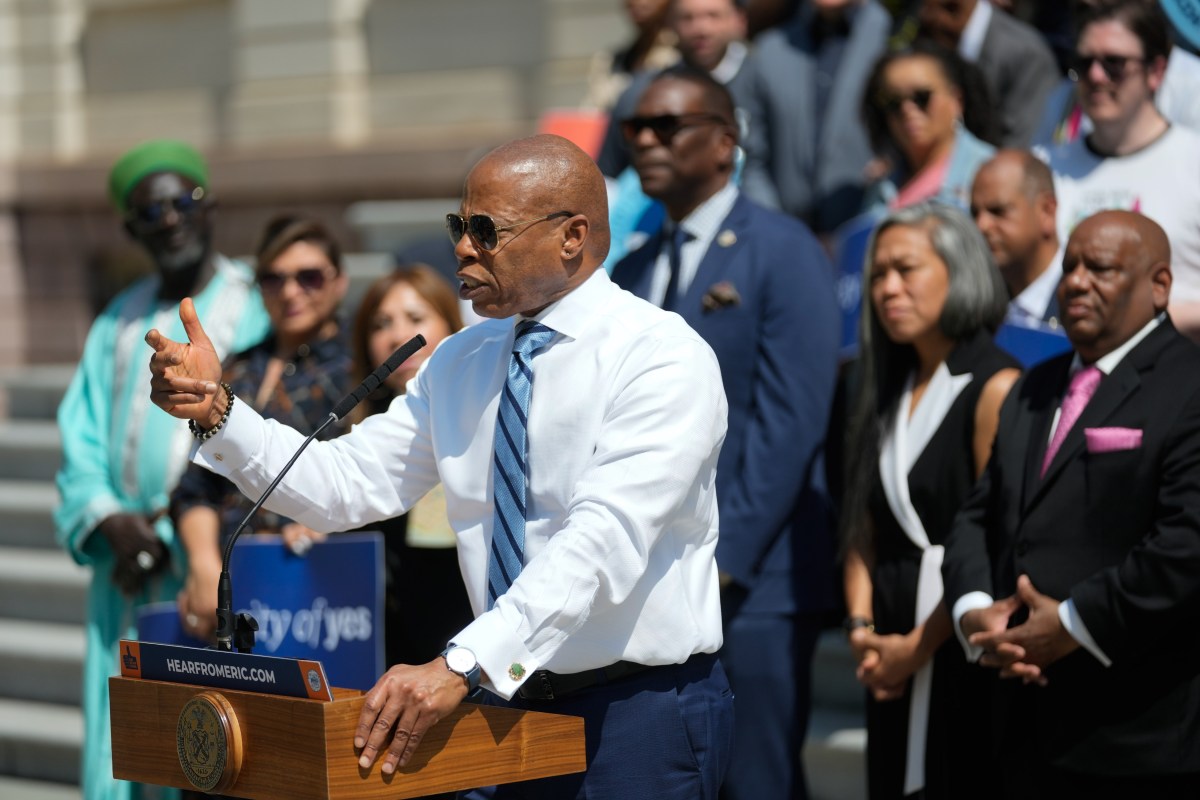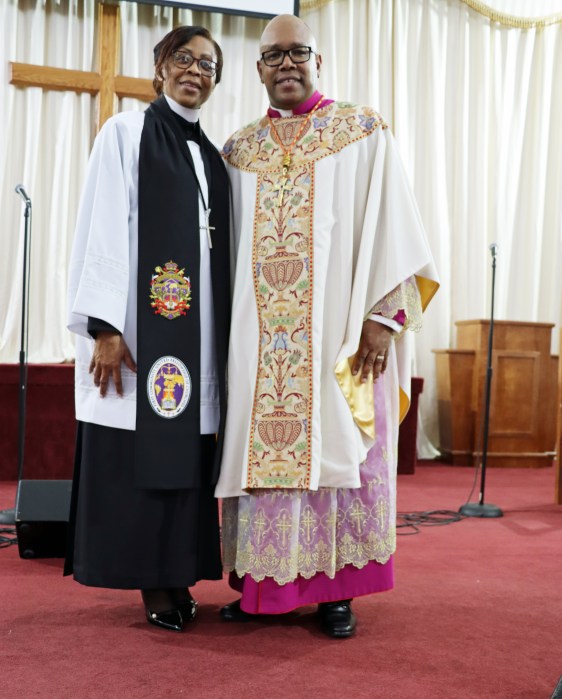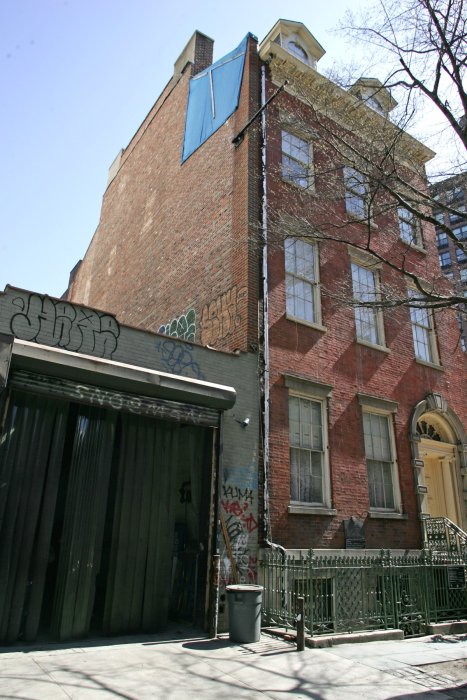I’m madder than — oh, forget it. Look, as usual, I’m going to tell it to you straight — today’s column is very personal, very interesting, and most of all, very sad. So don’t be afraid to shed a tear, because I certainly did when I was writing it.
Now excuse me while I blow my nose.
My sister, Carmela, died this week.
And you know something, she had a story to tell. Now, I’m going to tell it to you — and it breaks my heart that I can only do it from memory, and she can’t tell it herself.
Because my sister’s story is the story of New York. Heck, it was the story of America.
It all starts back there on the Lower East Side, where we grew up, and a place that was just a few avenues away but was a completely different world. Today, it’s called SoHo. But back then, it was just, well, the West Side.
Now, the East Side had the tenements and the West Side was right below Greenwich Village (which was always the Village), where the bohemians lived.
My sister “Millie” Santa Maria from Mott Street, where the southern Italians lived, married Joe Zazzali from Sullivan Street where the Northern Italians lived.
Joe Zazz and his Carmela opened up their luncheonette in a storefront on West Broadway between Spring and Prince streets in the early 1950s. They called it Miljoe’s, for obvious reasons. Back then, the area was very commercial, and its buildings had huge lofts that employed thousands of factory workers. Still, there weren’t too many luncheonettes nearby, so Miljoe’s did OK.
But if there is one constant in New York, it’s change. And boy, did that neighborhood change. Within a blink of the eye, the factories closed (yep, they were shipping out our manufacturing jobs even then), and it looked like Milljoe’s had met its match. But then, a funny thing happened.
A bunch of hippie artists started renting the huge lofts and using them as their homes and studios, where they created their Nuevo Art work.
Now, I know what your thinking: Carmine, how could your sister’s business survive when thousands of workers were replaced with just hundreds of artists?
The answer? Good ol’ American moxie!
Pretty soon, Millie, who ran the front of the house, had artists coming in to eat, drink coffee (artists like that, you know) and hang out with other artists — and she did it all without free WiFi!
Sure, for a time there, things were very lean. But Joe was an accomplished chef, not just because he served in the Army as a cook — but and he could make a cream sauce like nobody’s business (northern Italian-style). And Millie brought the southern cuisine of Sicily. So I don’t need to tell you that once you ate at Miljoe’s you were hooked.
My favorite? Their asparagus omelets, of course! They were world famous! Sure enough, Miljoe’s became the in-spot to eat not only for the artist, but for all those hobnobbing tourists that visited the many art galleries.
Seeing a good thing, Millie and Joe redecorated their restaurant with the help of their artist customers, re-christening it “The Gallery Stop.” And it was a hit.
But all good things have to come to an end.
The Gallery Stop prospered until Millie and Joe’s greedy landlord saw the gold mind the couple had created, and wanted it for himself.
But Millie was a fighter, and she took him to court several times until he finally won and closed what had become an institution on West Broadway. However, feisty Millie saw to it that the court order that storefront never be used as a restaurant again.
It was small compensation for taking away the livelihood of her mom-and- pop business that employed waitresses and busboys, a business they loved and devoted 30 years of their lives to, surviving the changes of three generations.
Unfortunately for you, I can’t tell you the many stories she told from her years feeding the rich and famous. Sure, I could mention the times the owner of the Big Apple Circus showed up, or all those meals the artistic father of Robert DiNiro took in there, or how the notorious Vinny “The Chin” Gigante would stop by for bacon and eggs. But I can’t tell it like she could.
She knew so many artists that came out of SoHo, and she could tell you who the creeps were and who were nice. I guess that was Millie’s one big fault — she was a tad short of tact and would tell you to your face what she thought of you (sound familiar?). And heaven help you if you got in a verbal duel with her — no matter how rich and famous you were — because you’d run from her restaurant.
Look, you all know Millie and Joe had no children, but they had their nephew Anthony and his sister Barbara and, later on, my children Carl and Dana, and even later than that, all their children.
And let me tell you this: Anthony was more devoted than a son could ever be. He showed his love with daily trips to the nursing home, sometimes two and three times a day, especially when Millie was taken to the intensive ward of Luther Medical Center.
Millie is survived by our close family and their children that she raised as her own.
Now’s the point in the column where I thank everyone for everything. On behalf of my family and especially my nephew Anthony, I would like to thank the nurses, staff and doctors of Lutheran Medical Center that took such compassionate care of my sister Millie. You all are a credit to the medical profession.
Rest in Peace Carmela, you will be in our hearts forever.
Screech at you next week.










